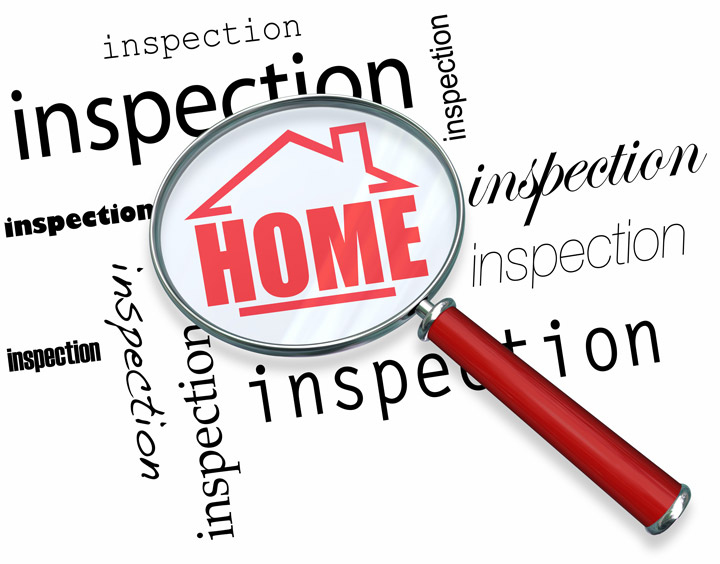
A Description of the Appraisal ProcessYour home's purchase can be the largest financial decision most could ever make. Whether it's a main residence, a seasonal vacation property or an investment, the purchase of real estate property is a detailed transaction that requires multiple parties and requirements. The majority of the participants are quite familiar. The most recognizable entity in the exchange is the real estate agent. Next, the bank provides the financial capital required to fund the deal. And ensuring all requirements of the transaction are completed and that a clear title passes from the seller to the purchaser is the title company. So, what party makes sure the value of the property is in line with the purchase price? In comes the appraiser. We provide an unbiased opinion of what a buyer might expect to pay — or a seller receive — for a property, where both buyer and seller are informed parties. A licensed, certified, professional appraiser from First Appraisal Services will ensure, you as an interested party, are informed accurately. Appraisals start with the property inspectionTo determine an accurate status of the property, it's our duty to first complete a thorough inspection. We must see aspects of the property hands on, such as the number of bedrooms and bathrooms, the location, living areas, etc, to ensure they really are present and are in the shape a reasonable buyer would expect them to be. To ensure the stated size of the property is accurate and convey the layout of the property, the inspection often entails creating a sketch of the floorplan. Most importantly, we look for any obvious features or defects that would affect the value of the property. Back at the office, an appraiser uses two or three approaches to determining the value of the property: paired sales analysis and, in the case of a rental property, an income approach. 
Cost ApproachHere, we gather information on local building costs, the cost of labor and other factors to determine how much it would cost to replace the property being appraised. This value often sets the upper limit on what a property would sell for. 
Sales ComparisonAppraisers get to know the communities in which they work. They thoroughly understand the value of certain features to the people of that area. Then, the appraiser looks up recent transactions in close proximity to the subject and finds properties which are 'comparable' to the real estate at hand. Using knowledge of the value of certain items such as square footage, additional bathrooms, hardwood floors, fireplaces or view lots (just to name a few), we add or subtract from each comparable sales price so that they more accurately match the features of subject property.
After all differences have been accounted for, the appraiser reconciles the adjusted sales prices of all the comps and then derives an opinion of what the subject could sell for. When it comes to putting a value on features of homes, First Appraisal Services is second to none. This approach to value is usually awarded the most weight when an appraisal is for a real estate purchase. Valuation Using the Income ApproachA third way of valuing real estate is sometimes employed when a neighborhood has a reasonable number of rental properties. In this case, the amount of income the property generates is factored in with other rents in the area for comparable properties to determine the current value. ReconciliationAnalyzing the data from all applicable approaches, the appraiser is then ready to state an estimated market value for the property in question. The estimate of value at the bottom of the appraisal report is not always the final sales price even though it is likely the best indication of what a property is worth. Depending on the individual situations of the buyer or seller, their level of urgency or a buyer's desire for that exact property, the closing price of a home can always be driven up or down. But the appraised value is often employed as a guideline for lenders who don't want to loan a buyer more money than the property is actually worth. The bottom line is, an appraiser from First Appraisal Services will help you discover the most fair and balanced property value, so you can make wise real estate decisions. |